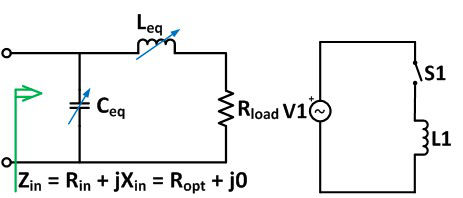
Fig. 1. Left: Resistive Point-Compressor; Right: Implementation of variable inductance.
Resonant converters have been the favored principle of power transfer among vehicular, medical and consumer electronics due to high efficiency, high operating frequency and compact size/weight. High performance is typically achieved when a resonant converter operates near the designed "sweet spot". However, when circuit parameters and loads are changed the efficiency, transferred power, or power density can worsen. Often, to regulate a resonant converter it is required to change the switching frequency, complicating EMI and thermal designs. A resistive point-compression has been conceived to tackle circuit parametric variations. The primary operation of the resistive point-compressor is to compress wide variations of the load resistance into a single resistance value. The adaptive approach also gives the possibility of accommodating other changing parameters in the circuit. Having the capability to control parametric variations, the system can be optimized for efficiency and power transfer, switching at the constant switching frequency. In addition, multiple-output systems are easily feasible, with the capability to regulate power sharing.
Fig. 1 shows the principle of the operation for the resistive point-compressor. It is actually an adaptive matching circuit, where equivalent inductance L
eq and equivalent capacitance Ceq can be controlled. Controllable reactances are implemented very similarly to the phase-controlled switched inductor/capacitor. By controlling L
eq and c
eq it is possible to operate the adaptable matching circuit that Z
in = R
ing = R
opt, where the R
opt is the desired value of the input resistance of the resistive point-compressor. Fig. 2 gives an example where Rin controlled to the value of 50 Ohms.

Fig. 2. Time response of resistive point-compressor.
























































































